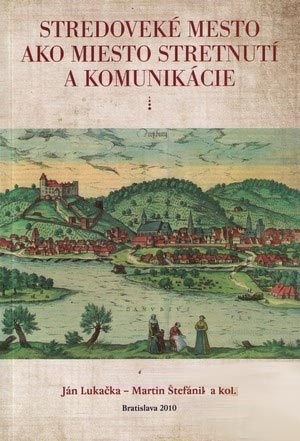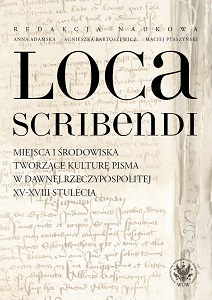
Krist i Donator: Kotromanići između vjere rimske i vjere bosanske - I
With the emergence of the Church of Bosnia (1326. /29.) as a noncanonical form of Bosnian bishopric and state church that arised as a direct result of relocating the Catholic Bosnian bishopric seat to Đakovo in the middle of the 13th century, under a strong influence from this schizmatic Church, Ban Stephen (Stjepan) II Kotromanić took control over the medieval Bosnian state. The latter is substantiated with the mentioning of St. Gregory the Illuminator, an eastern saint, in his royal intitulation that was later taken, in a slightly altered version, by his successor Tvrtko I Kotromanić. According to the illustrations on their money, these Bosnian rulers developed a cult of St. Dimitry who was also one of the well-known saint figures of the eastern Christianity. Both of the mentioned Bosnian bans – Tvrtko I in his role as a king, too – ruled under the burden of confessional dualism marked with vacillation between two Christian confessions: one that leaned on the Church of Bosnia and the other supported by the Catholic Church. Stephen II Kotromanić accepted Catholicism under wich he was buried in the Franciscan Church of St. Nicholas in Mili after having professed Christian faith under the auspices of the Church of Bosnia until the founding of the Franciscan vicary of Bosnia in 1340. Although most of the known details about his religious life point to Catholic Church, even Tvrtko I Kotromanić did not break all the ties with the Church of Bosnia. The first king of Bosnia found his final resting place in this Franciscan church, the coronation and burial church for the Kotromanić family, in which the episcope of the Church of Bosnia crowned him. The process of confessionalization and creation of new religious identities within the western Christianity is one of the examples that illustrates how close medieval Bosnia was to general transformations in Europe, in other words, with diversification of Latin Christianity in terms of religion and culture that happened before and separately from the reformation.
More...














